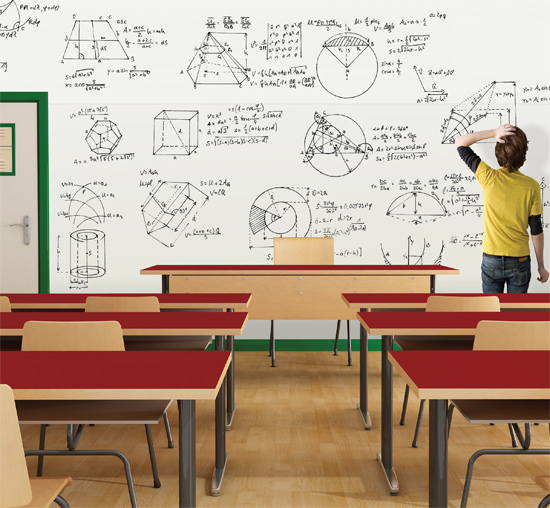Designing Schools for a Modern Learning Environment
Classroom Configuration for STEAM Teaching
STEAM is a similar acronym to STEM, with the addition of the arts, as in Science Technology Engineering Arts Mathematics.
With the arts involved, STEAM educators aim to “bring FUNctional literacy to all. It promotes bridging the gap between business and educational goals to create a more productive and sustainable global culture based on teamwork. This educational framework is for all disciplines and types of learners with the goal of being more engaging and naturally successful for all members of any educational system.x”
STEAM was developed in 2006 by Georgette Yakman, then a Master’s graduate from Virginia Polytechnic and State University who went on to use the method as a full-time middle-school and high-school teacher and educational consultant.
As with STEM, the STEAM educational system requires a rethinking of classroom layout and should include flexible furniture for lecture, independent study and collaborations.
Classroom Configuration for TEAL Teaching
A TEAL (Technology Enhanced Active Learning) classroom is designed for a combination of teaching/learning activities: lecture and recitation, lab work, and collaboration opportunities.
TEAL was developed in the 1990s after an MIT physics professor noticed that teaching freshmen students in a style termed “interactive engagement” produced better results than the typical lecture format. With funding from several sources, two 3,000-square-foot TEAL classrooms were set up as a prototype. In the reconfigured classroom, the instructor’s workstation is in the center of the room, surrounded by 13 round tables, each seating nine students. There are 13 whiteboards and eight video projectors with screens dotting the room’s perimeter. Groups are formed by mixing students with various degrees of knowledge and a group leader to facilitate peer instruction.
In a typical class session, the instructor gives a 20-minute lecture that is interspersed with pencil and paper exercises, discussion questions and creative visualizations. Instructors no longer lecture from a fixed position, but move around the classroom with a wireless microphone, interacting with students.
The impact of the learning style has been remarkable. According to MIT:xi
“A variety of assessment techniques used by TEAL have shown the effectiveness of interactive engagement across a range of student backgrounds. The teaching methods used in the TEAL classroom produced about twice the average normalized learning gains for low-, intermediate- and high-scoring students when compared to traditional instruction. These findings replicate the results of studies performed at other universities.”
Emerging Technology and Furniture Elements for High-Impact Classrooms
According to studies, reports and experience, a highly functioning classroom needs far more technology and flexible furniture than ever before. Here are some examples of what should be included in a classroom for modern learning:
Full Wall Magnetic Whiteboards

Image courtesy of MooreCo Inc.
Full wall magnetic whiteboards expand the learning environment.
Sometimes called share walls, full wall magnetic whiteboards offer an array of options for mounting styles and configurations, from horizontal, vertical, railroad, framed and unframed, to suit the space, and can be overlapped or butted together for nearly invisible seams in any location. They can also be installed on curved walls.
Full wall magnetic whiteboards expand the learning environment so that students around the room, and in different seating configurations, can interact with the board and the students using it. Unlike a traditional classroom setting, the vertical learning surface is not limited to one small space.
Plus, high-quality whiteboards are stain resistant, allowing writers to use vibrant markers that can cause staining on whiteboards of substandard materials. The new marker boards can be erased with a microfiber cloth and tend not to leave the ghosting effect so prevalent in many classrooms.









